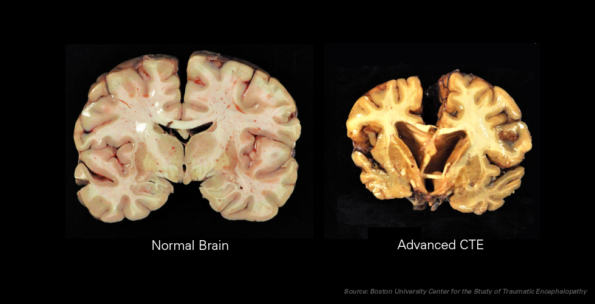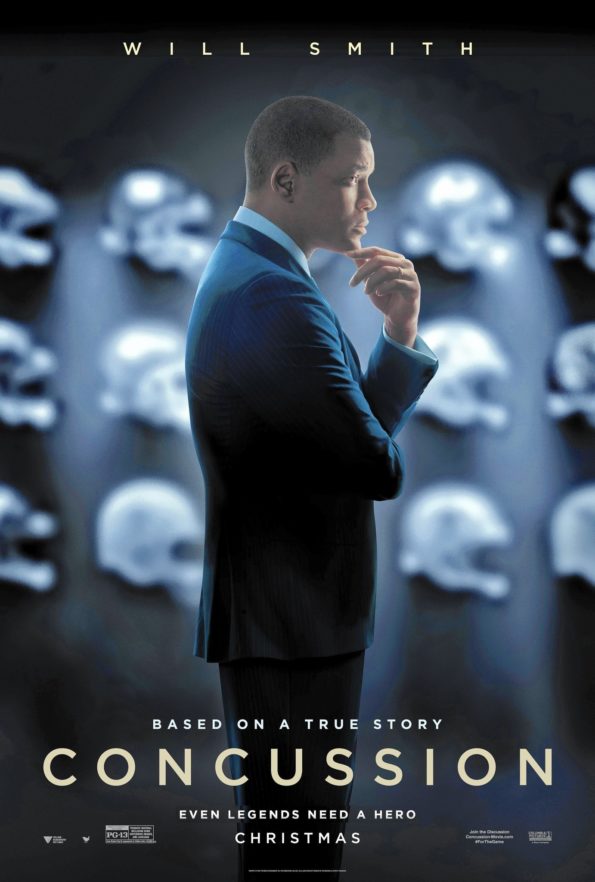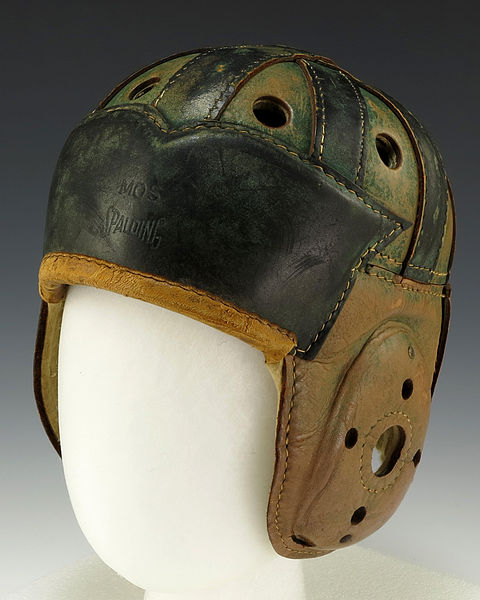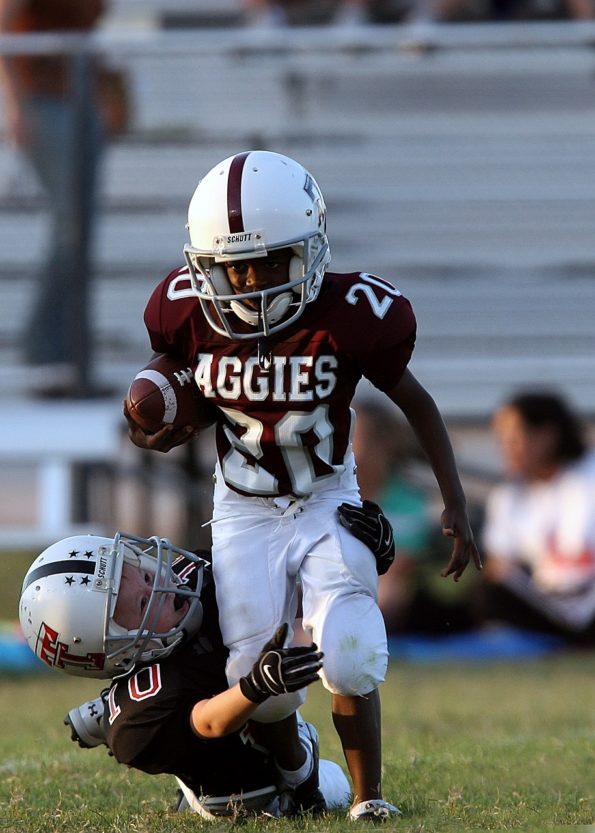Tyler Sash, Terry Long, and Mike Webster are all beloved names in the world of football. They are also a percentage of football players who died a few years too young due to a heart failure or suicide. Beyond their actual cause of death these men are connected in their past. Athletes in their early twenties were committing suicide for unknown reasons. This would all change in a matter of a few years. The year 1999 marks a very important time in the evolution of how science viewed sports. One man would raise concerns about the safety of the sport and ultimately bring the NFL into the ongoing Concussion Crisis. Who is that man you ask? He was the Steelers legendary center Mike Webster. As mentioned before Mike Webster played a solid 17 years in the NFL and retired in 1990. Following his retirement, Webster experienced heightened feelings of confusion and uncontrollable emotions. These thing sent his life into a dramatic downward spiral. Mike Webster died of a heart attack at the age 50 in 2002. However his claim in 1997 about football giving him dementia along with his autopsy would raise concerns about the safety of the sport and ultimately put the NFL in the Concussion Crisis. Websters autopsy unveiled new research and concern about CTE (Chronic Traumatic Encephalopathy) and moved concussions the the forefront of the NFL (National Football League).
What You Need to Know About the Brain & CTE.

“CTE (Chronic Traumatic Encephalopathy) is a progressive degenerative disease of the brain found in athletes (and others) with a history of repetitive brain trauma, including symptomatic concussions as well as asymptomatic subconcussive hits to the head.¨ Athletes in contact sports such as football are seventy-five percent more likely to receive a concussion compared to any other sport. Although initial recovery time can be brief, it is the long term effects individuals and guardians need to be aware of. These symptoms first appear in an unrelated matter and can take years to connect with an incident in the past. People experience a decline of memory and cognition, along with depression, suicidal behavior, poor impulse control, aggressiveness, parkinsonism, and, eventually dementia as a result of CTE. In more serious cases reported, such as football players, these symptoms can become amplified and possibly result in death. In fact, autopsies of former football players who died at young ages show alarming material. Many results came back showing a brain that resembled someone with advanced Alzheimer’s Disease.
What caused this overdue national attention?

It was not until 2011, twelve years later, that the NFL had a lawsuit filed against them which was led by Ray Easterling. Among Easterling were 4500 former players suing the NFL for giving them brain diseases and failing to educate them. Easterling played for the Atlanta Falcons for about eight seasons until his retirement in 1979. Similar to webster, about a decade into his retirement Easterling became showing severe signs of depression due to his dementia. Easterling committed suicide in 2012 at age 62. An autopsy conducted after his death showed undeniable signs of CTE.
Many events contributed the the discovery of CTE in athletes of impact sports; but one man is to thank for a majority of what we know now on the brain. Despite the little faith given, Nigerian-born pathologist Bennett Omalu took on the seemingly impossible task of convincing society that football was in fact the cause of countless deaths. The movie ¨Concussion¨ starring Will Smith, made its national debut this past year. This movie follows Omalus tough fight against the world of football.
Changes Since Then
As our knowledge about the brain grows, the game of Football has been forced to evolve as well. New changes to equipment and rules have contributed a large portion of the game’s history. It is quite obvious, now more than ever, athletes carry a large weight on their shoulders to be the best. The pushes athletes of all ages to be bigger, faster, and stronger than their competition. Unfortunately, that can make every hit a player takes that much more traumatic to the body and brain.

What many football players and coaches don’t know is that in the early days of the game, it was not uncommon for players to die after colliding due to the impact. Unfortunately, it makes sense with only a leather cap between the collision of two skulls, people were bound to get hurt. Luckily since then, the helmet has accumulated many changes like a chin strap, cage, hard shell, and padded inside in hopes to keep athletes safer. No doubt the evolution of the helmet since those days has helped significantly.
Helmets are not the only positive change the sport has seen over many years. A large push was made to protect the ¨defenseless¨ players. These players are generally your receiver and snapper. This new rule basically gives players extra time to prepare for a hit. Another new rule added for all players assures that unprepared athletes cannot get hit in the head or neck by another person’s helmet in the air.
Football’s return to play policy has also been altered. It is mandatory that the player and coach consult with a medical specialist or trainer immediately. From then on it is the trainers call on whether or not the athlete will play. If teams fail to follow this new rule they will face a punishment.
Finding new research on the brain and how CTE affects it requires a lot of funds. That is where the NFL’s Play Smart, Play Safe initiative comes in. The Play Smart, Play Safe organization helps prevent, diagnose, and treat head injuries. Along with that, the NFL has given a 100 million dollar grant that will be used on neurological research.
Risks Youth & High School Athletes Face
An article coming from the Huffington post on high school and youth concussions states that, ¨there are less than 2,000 players in the NFL. The number of youth and high school players in this country is greater than three million¨ Although the concussion crisis has made many significant changes to the game, it does not hurt to raise more awareness about the risks younger generations of football players face.
This year alone over 67,000 high school football players are expected to receive a concussion according to Prevacus Concussion Research. When an athlete receives a concussion many concerns are raised. Naturally players want to get up and simply play through the pain. Unfortunately, when an athlete fails to tell a coach or trainer about the incident or refuses help, it can make the concussion worse. If it gets worse, players face a prolonged recovery time. Also research from Sports Concussion Institute ¨suggests that if someone has already received one concussion, they are 1-2 times more likely to receive a second one. If they’ve had two concussions, then a third is 2-4 times more likely, and if they’ve had three concussions, then they are 3-9 times more likely to receive their fourth concussion¨.
Not only do concussions take a toll on when players can starting practicing again but also when they can return to school. For many athletes returning to a normal school day will be the hardest. School is a loud, bright, and busy place that makes recovering from a concussion that much harder. Students find handling their average work load and concentration that much harder.
Should elementary age children be allowed to play?

There is no doubt football provides many things for growing kids. Its raises kids confidence and also helps them meet new people. Along with that it provides an excellent source of physical activity they need to stay healthy.
On the flip side I think there are more reasons young children should not be allowed to play. The first thing you should know is that the human brain doesn’t fully develop until the age of 25. I think that means that a potentially life altering decision should be made by the person playing the sport. So until the child is at a decent age where they can comprehend the long and short term effects of playing football, they should be safe.
Not only is the overall decision cause enough problems but so do the actual concussions at this level. Kids in youth football are ten percent more likely to return the next day after receiving a concussion. Along with that, diagnosing a concussion in this age group proves to be quite difficult because children have a hard time describing what they are felling, or what happened when they got hurt.
Researchers from Boston University tested former NFL players who played tackle football before the age of twelve and some when they were older than twelve. Those who started earlier showed signs of a significant amount of dementia and neurological problems compared to the other group. ¨Former NFL players who played tackle football before age 12 appear “significantly” more likely to suffer memory loss.d and the age of the players at the time of the tests.”
Is It Worth It?
This is no easy question to address, and it shouldn’t be. People overlook the danger of the sport they are putting their kids in because it’s a sport. How could a sport possibly be bad for kids? Well it is the countless deaths, trials, and researches that provide a valid answer.
In some ways this topic resemble teen smoking and drinking. At one time it was acceptable in our society. Now we look back on that and realize how crazy it seemed. I think the future of football really lies in the parents and coaches of the youth leagues. Those are the people who will determine if football remains a sunday night past time or just another thing of the past.
–
Featured image by Keith Allison
